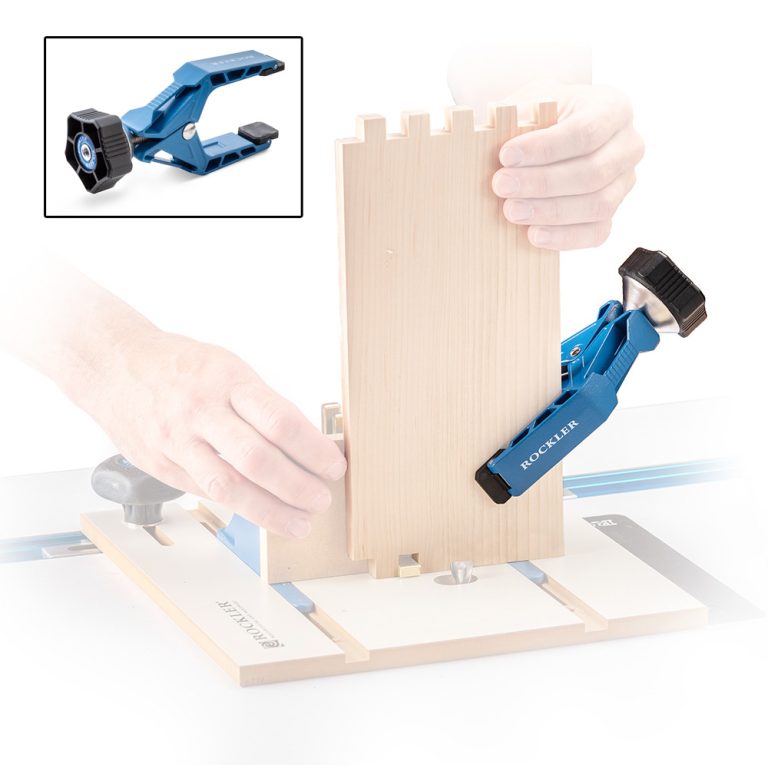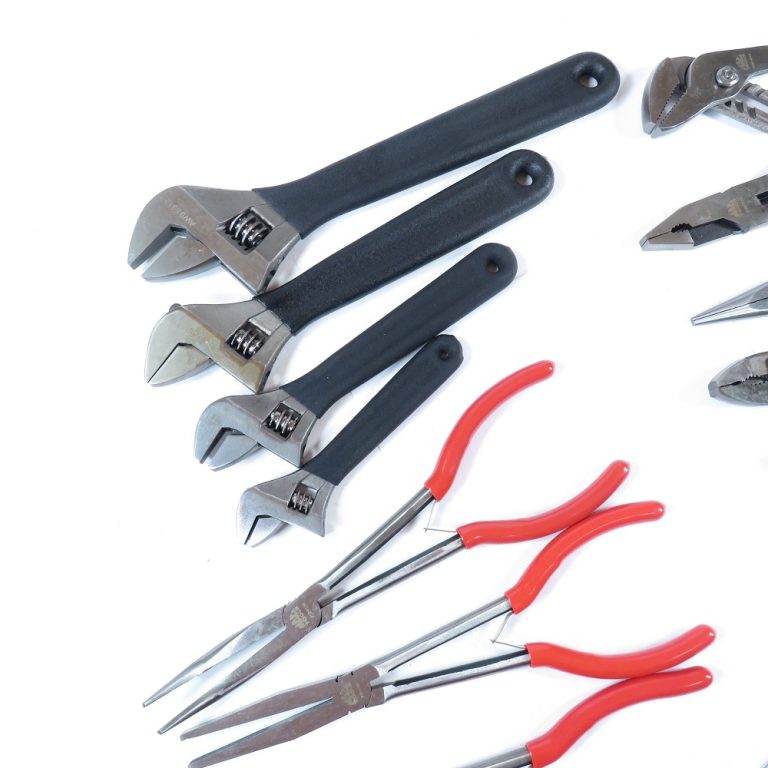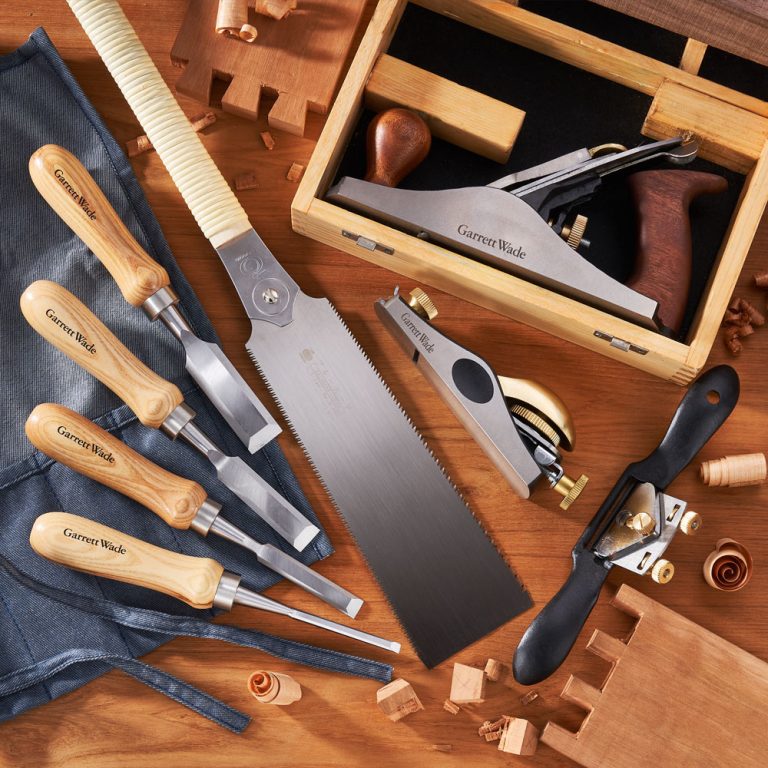Understanding the Basics of Scroll Saws
Scroll saws stand out as essential tools for woodworkers seeking precision and intricate designs. These specialized power saws use a fine blade to cut detailed curves and joints in wood, plastic, or metal. The name “scroll saw” derives from their historical use in creating scrollwork and other ornate designs. Unlike other power saws, scroll saws operate with a reciprocating blade, moving up and down at high speeds. This vertical motion allows for extremely precise cuts and the ability to create internal cuts by drilling a hole and threading the blade through it.
The thin, delicate blade enables tight turns and intricate patterns that would be impossible with larger saws. Scroll saws typically come in tabletop models, making them ideal for small workshops or hobbyist spaces. The saw’s throat, which is the distance from the blade to the back of the saw, determines the size of the workpiece it can accommodate. Most scroll saws feature a tilting table, allowing for angled cuts and beveled edges. Additionally, many models include a dust blower to keep the cutting line clear and visible. Understanding these basic features provides a foundation for selecting and using a scroll saw effectively.

Key Features to Consider When Choosing a Scroll Saw
Selecting the right scroll saw involves considering several key features. Firstly, the throat size plays a crucial role in determining the saw’s capacity. Common throat sizes range from 16 to 30 inches, with larger sizes offering more versatility for bigger projects. Next, the speed of the blade, measured in strokes per minute (SPM), affects the saw’s cutting ability. Variable speed controls allow for adjustments based on the material and complexity of the cut. The type of blade-changing mechanism is another important factor.
Tool-free blade changes save time and frustration, especially when working on projects requiring frequent blade switches. The table size and material influence stability and workspace. Larger, cast-iron tables provide more support and reduce vibration. Dust collection systems, such as blowers or vacuum ports, help maintain visibility and cleanliness. Some advanced models offer features like LED lights for improved visibility and laser guides for precise cutting. The overall build quality and durability of the saw should also be considered, especially for frequent or professional use. By weighing these features against individual needs and budget, woodworkers can choose a scroll saw that best suits their projects and working style.
Mastering Scroll Saw Techniques
Developing proficiency with a scroll saw requires practice and understanding of various techniques. The most fundamental skill involves guiding the workpiece smoothly against the blade while maintaining consistent pressure. This technique, known as feeding, determines the quality and accuracy of the cut. For intricate designs, mastering the art of turning the workpiece is crucial. This involves rotating the material around the blade to create curves and angles. Stack cutting, where multiple pieces are cut simultaneously, increases efficiency for repetitive patterns. When creating internal cuts, drilling pilot holes allows the blade to be threaded through the material.
Beveling, achieved by tilting the table, adds dimension to projects. For delicate materials or intricate designs, using a zero-clearance insert reduces tear-out and supports the workpiece close to the blade. Proper blade tension is essential for accurate cuts and longevity of the blade. Too loose, and the blade may wander; too tight, and it may break. Learning to adjust the blade tension for different materials and cutting styles is a key skill. Additionally, understanding how to slow down at corners and use relief cuts for tight turns improves the overall quality of work. With practice, these techniques become second nature, allowing for the creation of increasingly complex and precise projects.

Blade Selection and Maintenance for Optimal Performance
The choice and maintenance of scroll saw blades significantly impact the quality of cuts and overall performance. Blades come in various types, sizes, and tooth configurations, each suited for specific materials and cutting styles. For wood, skip-tooth blades work well for general cuts, while reverse-tooth blades reduce splintering on the bottom of the workpiece. Metal-cutting blades feature finer teeth and are made from harder materials. The thickness of the blade affects its ability to make tight turns, with thinner blades allowing for more intricate work. Tooth count per inch (TPI) determines the smoothness of the cut, with higher TPI producing finer finishes but slower cutting speeds.
Regular blade maintenance extends longevity and ensures consistent performance. Cleaning blades after use removes buildup that can affect cutting efficiency. Proper storage prevents bending or damage when not in use. Sharpening is generally not practical for scroll saw blades due to their small size, so replacement is necessary when performance declines. It’s important to have a variety of blades on hand to accommodate different project requirements. Understanding how to quickly and safely change blades improves workflow efficiency. By selecting the appropriate blade for each task and maintaining them properly, scroll saw users can achieve optimal results and extend the life of their equipment.
Safety Measures and Best Practices
Safety should always be the top priority when operating a scroll saw. Proper eye protection is essential to guard against flying debris. Hearing protection may also be necessary, especially during extended use. Keeping the work area clean and well-lit reduces the risk of accidents. Users should always ensure the saw is unplugged when changing blades or making adjustments. Proper blade installation and tension are crucial for safe operation. Loose blades can break or fly off, posing a significant hazard. When cutting, keeping fingers away from the blade path is paramount. Using push sticks or hold-downs for small pieces enhances safety. The saw should be firmly mounted to prevent movement during operation. Regular maintenance checks help identify potential issues before they become safety hazards.
This includes inspecting the blade, checking electrical connections, and ensuring all guards are in place and functioning correctly. Users should familiarize themselves with the specific safety features of their scroll saw model. Many saws include blade guards and emergency stop buttons. Understanding and using these features properly contributes to a safer working environment. Additionally, wearing appropriate clothing, avoiding loose items that could get caught in the blade, and maintaining focus on the task at hand are essential safety practices. By adhering to these safety measures and best practices, scroll saw users can enjoy their craft while minimizing risks.

Creative Projects and Applications
Scroll saws open up a world of creative possibilities for woodworkers and crafters. One popular application is creating intricate wooden puzzles and toys. The saw’s ability to make precise internal cuts allows for complex interlocking pieces. Decorative wall art, such as monograms, silhouettes, and landscape scenes, showcases the scroll saw’s capacity for detailed work. Fretwork, a delicate and ornate style of cutting, is particularly well-suited to scroll saw capabilities. Crafters often use scroll saws to produce unique picture frames, incorporating elaborate designs into the borders.
In furniture making, scroll saws excel at creating decorative elements like chair backs, table legs, and cabinet fretwork. The tool’s precision makes it ideal for inlay work, where pieces of contrasting wood or other materials are fitted into recesses cut into a base piece. Clock faces and decorative plaques are other common projects that highlight the scroll saw’s strengths. For holiday decorations, scroll saws can produce intricate ornaments, nativity scenes, and other seasonal items. The versatility of the tool extends to non-wood materials as well. Crafters use scroll saws to cut thin metals for jewelry making, plastics for custom signs, and even bone or shell for specialty items. The only limit to scroll saw projects is the imagination of the user.
Comparing Scroll Saws to Other Woodworking Tools
While scroll saws excel at intricate curved cuts, it’s important to understand their place among other woodworking tools. Band saws, for instance, can also make curved cuts but are better suited for thicker materials and larger curves. Scroll saws offer more precision and the ability to make internal cuts, which band saws cannot do. Jigsaws provide portability for curved cutting but lack the control and precision of a scroll saw for detailed work. Compared to coping saws, which are hand-powered, scroll saws offer faster cutting speeds and greater accuracy, especially for repetitive cuts.
Laser cutters can produce incredibly detailed designs but are limited in the thickness of materials they can cut and require digital design files. Scroll saws, on the other hand, allow for freehand cutting and spontaneous design changes. For straight cuts, table saws and miter saws are more efficient, but they cannot match the scroll saw’s ability to cut curves. CNC routers can produce precise, repeatable cuts but require programming skills and lack the hands-on control that many woodworkers prefer. Understanding these differences helps woodworkers choose the right tool for each project. Often, scroll saws complement other tools in a well-equipped workshop, filling a specific niche for intricate, detailed cutting work.
Troubleshooting Common Scroll Saw Issues
Even with proper use and maintenance, scroll saw users may encounter various issues. One common problem is blade breakage, often caused by excessive tension, forcing the material too quickly, or using the wrong blade for the material. Adjusting technique and selecting appropriate blades can mitigate this issue. Vibration is another frequent concern, potentially resulting from an unbalanced saw, loose mounting, or worn out parts. Ensuring the saw is properly secured and all components are tight can reduce vibration. If the problem persists, checking for worn bearings or misaligned parts may be necessary. Inaccurate cuts can stem from a dull blade, improper blade tension, or user technique. Regular blade replacement and practice can improve cut quality.
Some users experience difficulty with the blade wandering off the cut line. This often occurs due to inadequate blade tension or pushing the material too forcefully. Slowing down and allowing the blade to do the work can help maintain accuracy. Burning of the wood during cutting typically indicates a blade that’s too dull or a cutting speed that’s too slow for the material. Adjusting speed settings or changing the blade usually resolves this issue. For problems with the motor or electrical components, consulting the manufacturer’s manual or a professional technician is advisable. By understanding and addressing these common issues, scroll saw users can maintain their tool’s performance and enjoy uninterrupted work.

Enhancing Scroll Saw Performance with Accessories
Various accessories can significantly enhance the capabilities and ease of use of scroll saws. Lighting attachments improve visibility, crucial for detailed work. Many craftsmen add magnifying glasses to their setup for even greater precision. Dust collection systems, whether integrated or external, help maintain a clean work area and improve cut line visibility. Foot switches allow for hands-free on/off control, enhancing safety and convenience. Quick-clamp hold-downs secure workpieces firmly, especially useful for small or intricate cuts.
Blade lubricants can extend blade life and improve cutting performance, particularly when working with harder materials. Some users find that aftermarket tables, often made of materials like melamine, provide a smoother surface for workpiece movement. Pattern transfer tools, such as carbon paper or dedicated transfer mediums, simplify the process of applying designs to wood. For those working with very thin materials, zero-clearance inserts reduce tear-out and provide better support. Specialty blades, like spiral blades for omnidirectional cutting, open up new possibilities for complex designs. Storage solutions for blades and accessories help organize the work area and improve efficiency. By carefully selecting and utilizing these accessories, scroll saw users can enhance their capabilities, improve work quality, and tackle more challenging projects.
The Future of Scroll Saw Technology
As with many woodworking tools, scroll saw technology continues to evolve. Recent innovations focus on improving precision, ease of use, and versatility. Digital displays for speed control and blade tension offer more accurate adjustments. Some manufacturers are integrating laser guide systems for enhanced cutting accuracy. Improved motor designs provide smoother operation and reduced vibration, allowing for more precise cuts. Bluetooth connectivity in newer models enables remote control and monitoring of saw performance via smartphone apps. Advancements in blade technology, including new materials and manufacturing processes, promise longer-lasting and more efficient cutting.
Some forward-thinking designs incorporate modular systems, allowing users to easily upgrade or customize their saws. The integration of CNC technology with traditional scroll saws is an area of active development, potentially offering the best of both worlds – the precision of computer control with the flexibility of manual operation. Ergonomic improvements, such as adjustable height stands and vibration-dampening systems, enhance user comfort during extended use. As sustainability becomes increasingly important, manufacturers are exploring more eco-friendly materials and energy-efficient designs. These ongoing advancements suggest a bright future for scroll saws, with tools becoming more capable, user-friendly, and adaptable to a wide range of woodworking needs.







